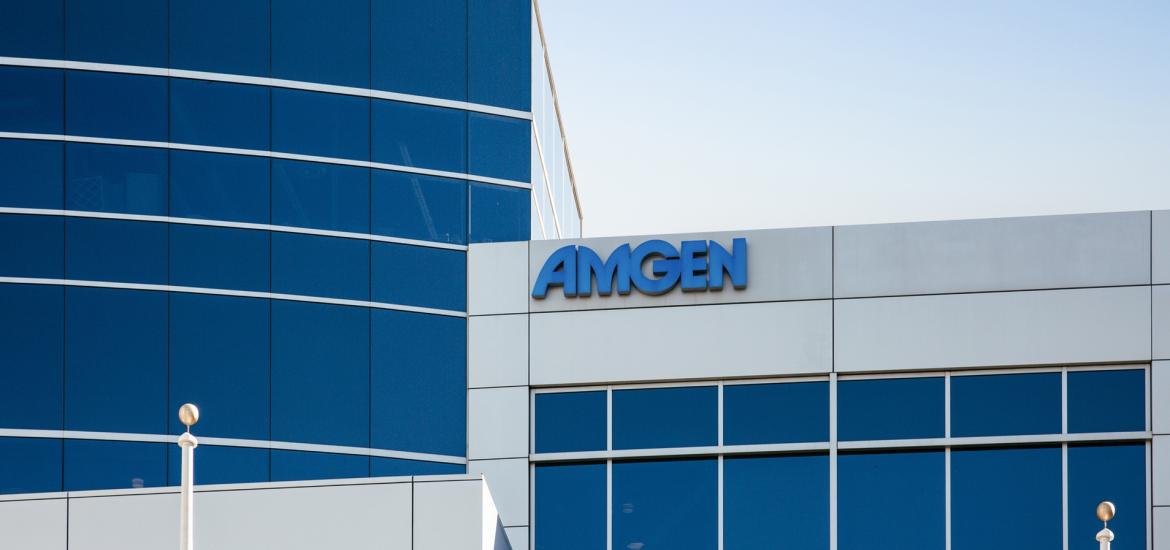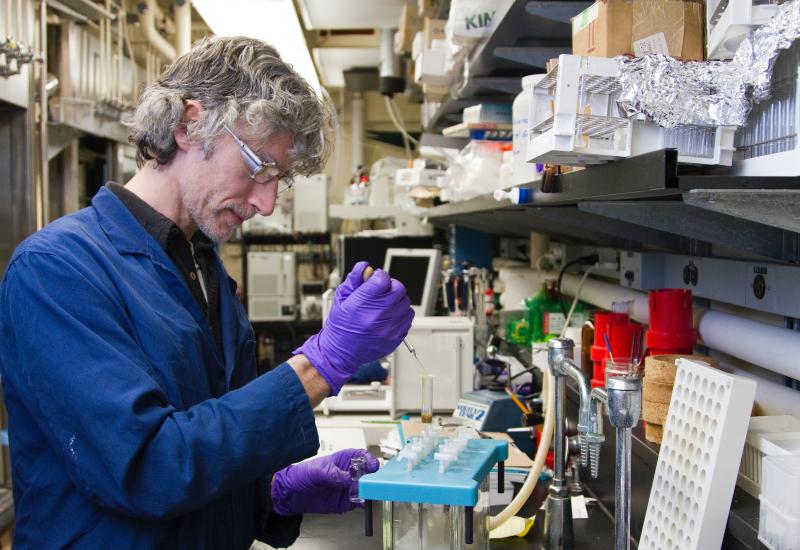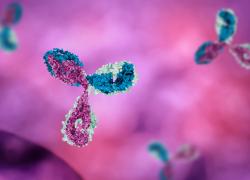
Amgen goes pivotal with subcutaneous Blincyto
A new first-line maintenance phase 3 joins a relapsed pivotal phase 2 study.
A new first-line maintenance phase 3 joins a relapsed pivotal phase 2 study.

An arduous infusion schedule means that Amgen’s Blincyto is ripe for subcutaneous development, and a new phase 3 trial of the formulation has recently been listed on clinicaltrials.gov. The Audax study, set to start in January, will test SC vs IV Blincyto in first-line maintenance of B-cell acute lymphoblastic leukaemia.
However, approval could come sooner in a later-line setting. In its recent third-quarter results Amgen disclosed the start of a potentially registrational phase 2 portion of a phase 1/2 trial in relapsed/refractory B-ALL.
When asked by ApexOnco Amgen declined to give details of its filing strategy, but it seems likely that Audax will be a confirmatory trial, designed to confirm and expand any initial approval. Audax isn’t due to complete until 2029; Amgen hasn’t put a timeline on a potential filing in relapsed disease.
Another mystery is whether Amgen has used external technology in SC Blincyto, or whether it has developed this in house. As Blincyto is a CD19-targeting T-cell engaging “Bite”, which is only a fraction of the size of a full MAb, it’s possible that it doesn’t need to be co-formulated with hyaluronidase for SC delivery, as do many of the PD-(L)1-targeting antibodies, for example.
It also seems unlikely that Halozyme, one of the big hyaluronidase players, has any involvement. Halozyme once had an agreement with Horizon, which Amgen acquired in 2023, but Amgen discontinued that Halozyme collaboration in 2024.
Audax
Audax, the new phase 3, aims to show that SC Blincyto plus chemo is non-inferior to IV Blincyto plus chemo on overall survival. It will enrol patients with Philadelphia chromosome-negative B-ALL who are in complete remission or CR with incomplete peripheral count recovery after induction.
In the phase 1 part of the relapsed/refractory phase 1/2 trial, also in Philadelphia chromosome-negative patients, SC Blincyto produced a CR/CRh rate of 89% among 27 evaluable patients: 86% at a 250/500μg dose, and 92% at 500/1,000μg.
This appears to compare well, on a cross-trial basis, against a 42% CR/CRh rate seen with IV Blincyto in Study MT103-211, in Philadelphia chromosome-negative relapsed/refractory B-ALL, according to the drug’s label.
IV Blincyto is given via continuous infusion over four weeks, followed by two weeks without infusion. Patients can receive up to four cycles.
The drug, which has been FDA approved since 2014, became a blockbuster in 2024, selling $1.2bn. Amgen must hope that greater convenience could unlock bigger sales.
Notable studies of SC Blincyto
| Trial | Setting | Note |
|---|---|---|
| Ph1/2 | r/r B-ALL | 89% CR/CRh/CRi (24/27 pts) in ph1b; potentially registration-enabling ph2 portion enrolling |
| Ph3 Audax | Newly diagnosed B-ALL, in response after induction | To start Jan 2026 |
Source: OncologyPipeline & clinicaltrials.gov.
119













